Description
Familiarity with Treatment
Amniotic Membrane Transplant (AMT) is a surgical procedure used to treat various ocular surface disorders. The amniotic membrane, which is the innermost layer of the placenta, has healing properties that promote tissue regeneration and reduce inflammation.
Procedure Explanation
- Preparation: The eye is numbed with local anesthesia.
- Removal of Damaged Tissue: Any damaged or diseased tissue on the ocular surface is carefully removed.
- Graft Placement: The amniotic membrane is cut to the appropriate size and placed over the affected area.
- Securing the Graft: The graft is secured using tissue glue or sutures.
- Completion: The eye is monitored for any immediate complications.
Who is it Suitable For?
- Patients with persistent epithelial defects.
- Individuals with corneal ulcers or melts.
- Patients with ocular surface burns or chemical injuries.
- Those with conjunctivochalasis or other conjunctival disorders.
Who is it Not Suitable For?
- Patients with active eye infections or severe inflammation.
- Individuals with severe dry eye syndrome.
- Those with a history of poor wound healing or other ocular surface diseases.
Advantages
- Promotes healing and reduces inflammation.
- Can be used for a variety of ocular surface disorders.
- Minimally invasive with a relatively quick recovery time.
- Reduces the risk of scarring and further damage.
Complications
- Infection or inflammation.
- Graft displacement or failure.
- Scarring or haze on the cornea.
- Temporary discomfort or redness.
Previous Care
- Comprehensive eye examination to determine suitability.
- Discontinuation of contact lenses prior to surgery.
- Discussion of potential risks and benefits with the ophthalmologist.
Aftercare
- Use of prescribed antibiotic and anti-inflammatory eye drops.
- Avoid rubbing the eyes.
- Regular follow-up visits to monitor healing.
- Temporary use of protective eyewear.
Stay at Hospital?
- This is typically an outpatient procedure, so an overnight stay at the hospital is not required. Patients can usually go home the same day after a brief observation period.

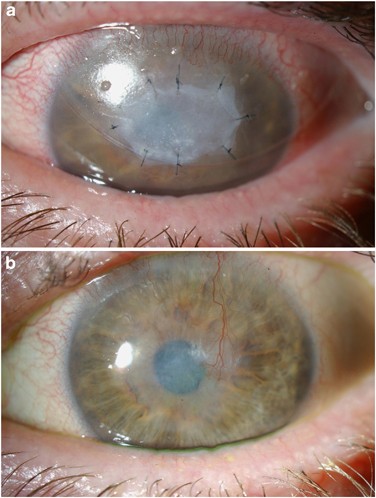
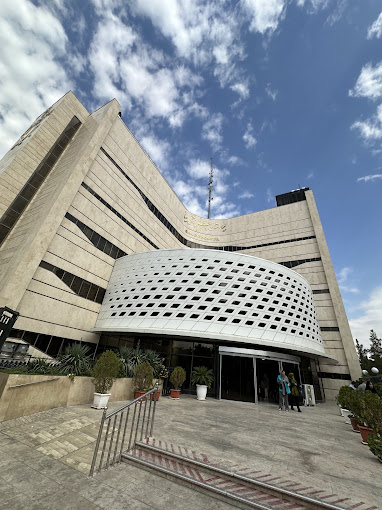


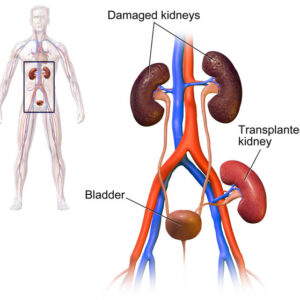

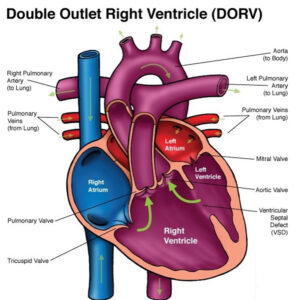
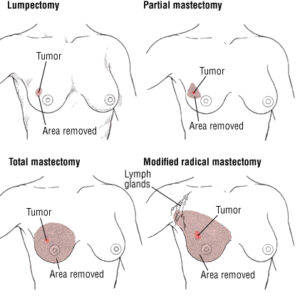
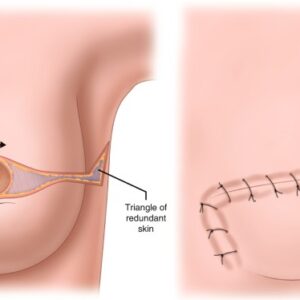
Reviews
There are no reviews yet.